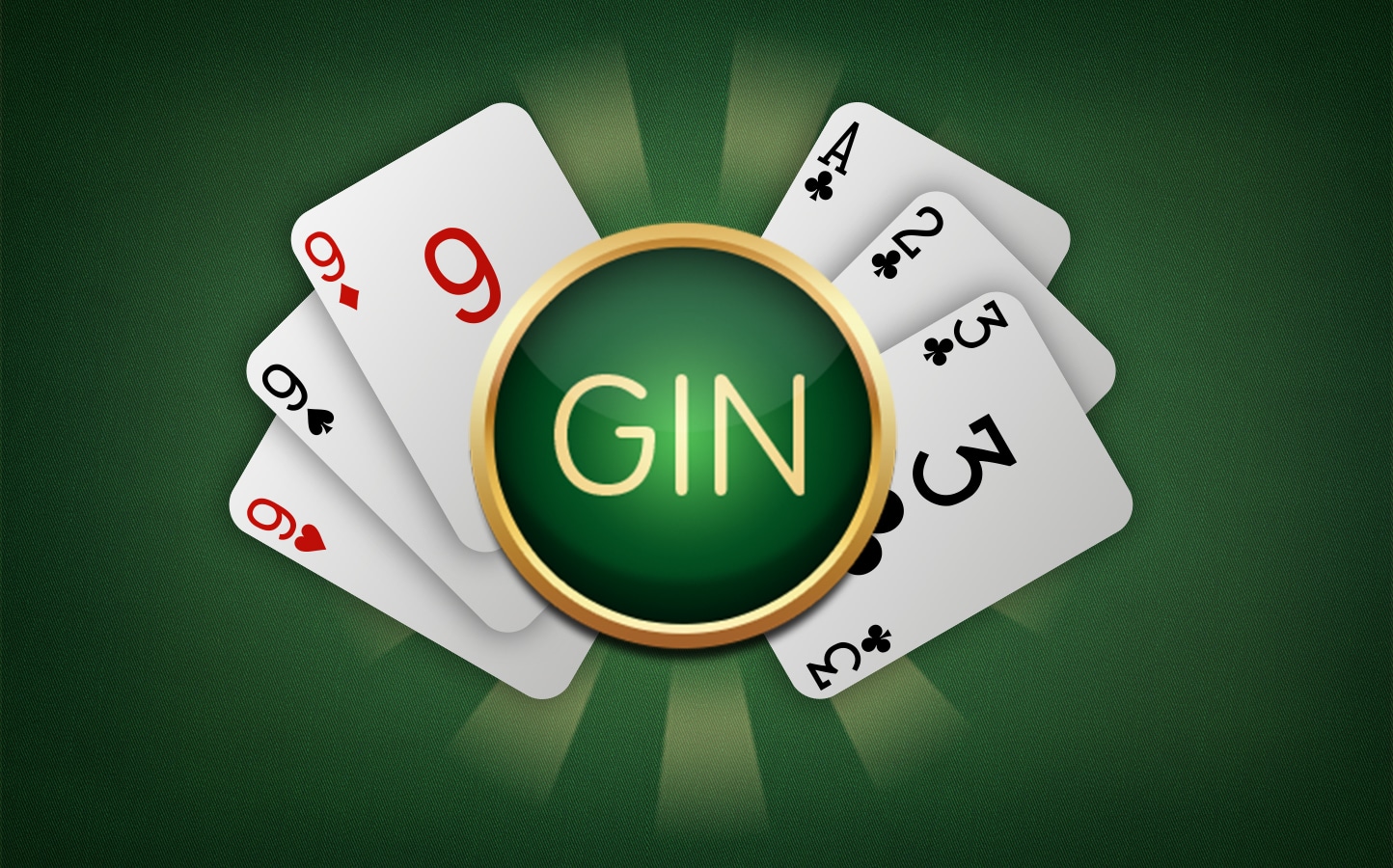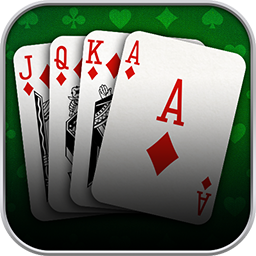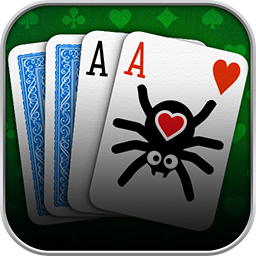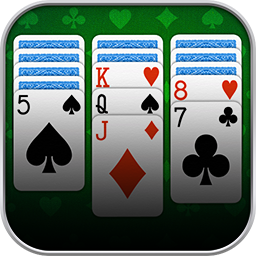Welcome to our first Gin Rummy Lesson! Here, you can pick up some of the most important Gin Rummy strategies. Playing a few rounds of Gin Rummy is a fun and enjoyable way to pass the time, win or lose. But if you wish to up your game, and win more often than not, learning these effective Gin Rummy strategies can help you achieve this.
The following Gin Rummy tips are numbered for orientation, but these numbers do not represent a ranking. All tips are equally important!
If you first want to learn how Gin Rummy actually works, feel free to start on our page about the Gin Rummy rules, maybe play a few training rounds at the Palace, and then come back here to learn more Gin Rummy strategies. If you want even more, continue to the advanced Gin Rummy Maneuvers later.
The seven Gin Rummy tips in this lesson refer to the standard rules for playing Gin Rummy. If you would like tips and strategies for playing Gin Rummy with custom rules, you can find an initial overview on our page about the Gin Rummy variants. But now let’s really get started with the essential Gin Rummy strategies!
1) Organize Your Gin Rummy Hand
Arrange the cards in your hand so that you have an overview of your options. Sort cards of the same suit in your hand in order of rank. If you have cards that also form a group – i.e., three or four cards of the same rank in different suits – you can place them directly next to each other.
Cards that don’t fit anywhere should be collected in one place so that you can discard them without accidentally picking up a useful card instead.
Important: If you play Gin Rummy online at the Palace, only cards that lie together are recognized as valid melds and highlighted accordingly. Cards that would match but are not next to each other cannot be scored as melds.
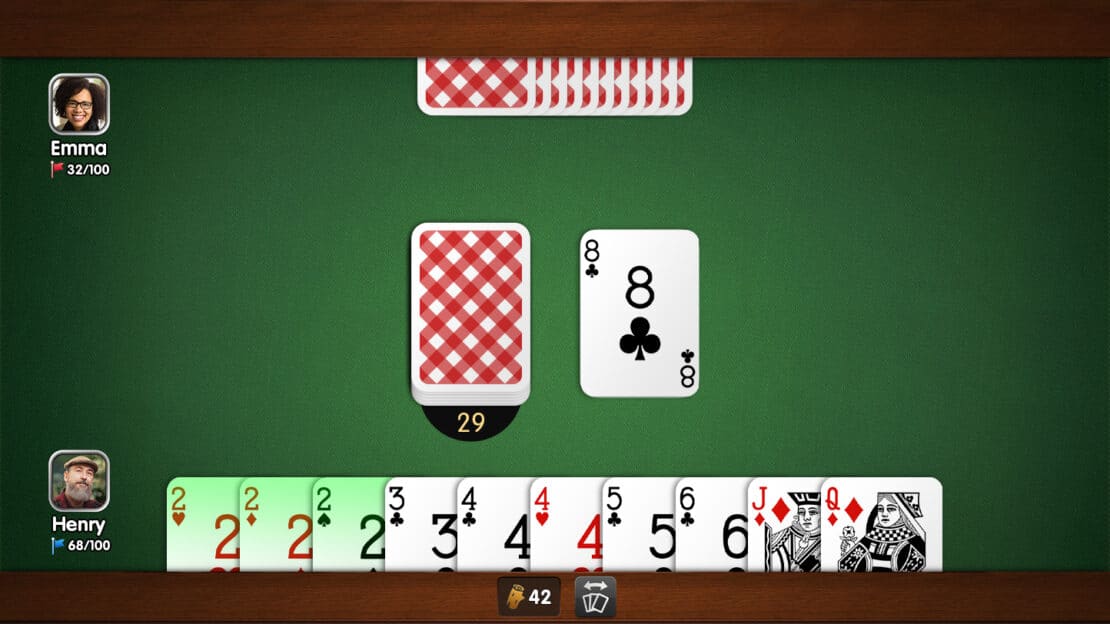
Furthermore, we created a nifty lesson on card combinations with melding potential. You should also tend to keep such cards grouped together.
2) Form a Sequence
With a sequence in your hand, you have a higher chance of winning a Gin in Gin Rummy. After all, with ten cards in hand, you would need three groups to achieve a Gin. One of these groups would also need to have all four cards of that rank in play. That takes a lot of luck!

A sequence, on the other hand, can take up any number of cards from three to ten in your hand. It is also easier to add cards, as you usually can do so at the beginning and end of the sequence, which means that multiple ranks can lead to success.
But be careful: Don’t expect too much from a single sequence! You will rarely be able to put together more than five cards.
Next to your sequence, you have leeway to form groups or further sequences.
3) Draw Wisely in Gin Rummy
Only draw from the discard pile if that card either forms a meld in your hand or extends it. Anything else doesn’t make sense and could, at best, confuse your opponent. But the psychological advantage is usually not worth accumulating useless cards and possibly being left with high-value deadwood.
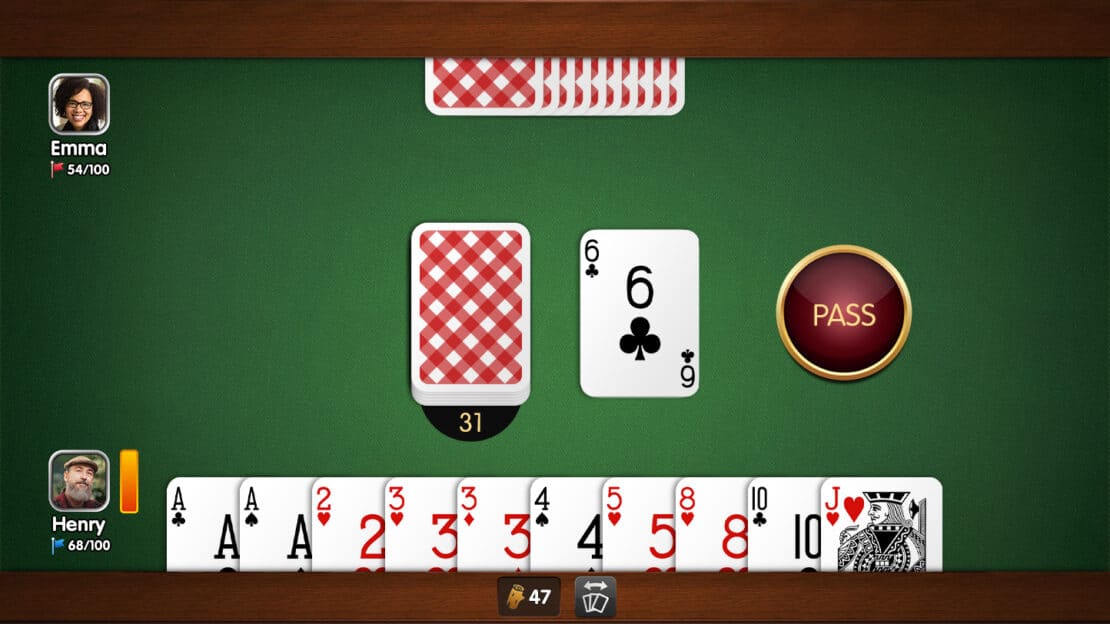

If the face-up discard card doesn’t help you directly, drawing from the face-down draw pile makes much more sense. Although a useless card can occur here, too, that is at least not yet certain, and you might also be lucky.
Conversely, you should of course not spurn a card from the discard pile that helps your hand.
4) Knock Early if You Can
If you can knock within the first three turns, then do it. This early in the game, your opponent will probably still have most, if not all, of their cards as deadwood. That’s a lot of points for you! Even if you could still optimize your hand, each additional turn is always also a chance for your opponent to draw a new card, reduce their deadwood, and knock.

But once your round has already been going on for a few turns, things look different. Why hasn’t your opponent knocked yet? Either their hand is all topsy-turvy, or they are playing for a Gin. In this case, you should concentrate on reducing your deadwood as quickly as possible and not knock with 10 deadwood points, risking an undercut.
5) Control the Values in Your Hand
If you draw small stuff, you should keep it in hand. Small stuff means Aces, Twos, and Threes. With a bit of luck, you can start collecting such lower-value cards early in the round and perhaps form a meld with them. Even if this doesn’t result in a meld, it’s no great loss since these cards have low point values and won’t unnecessarily inflate your deadwood.
Rather discard higher-value unmelded cards, especially Tens, Jacks, Queens, and Kings, all of which are worth 10 points.
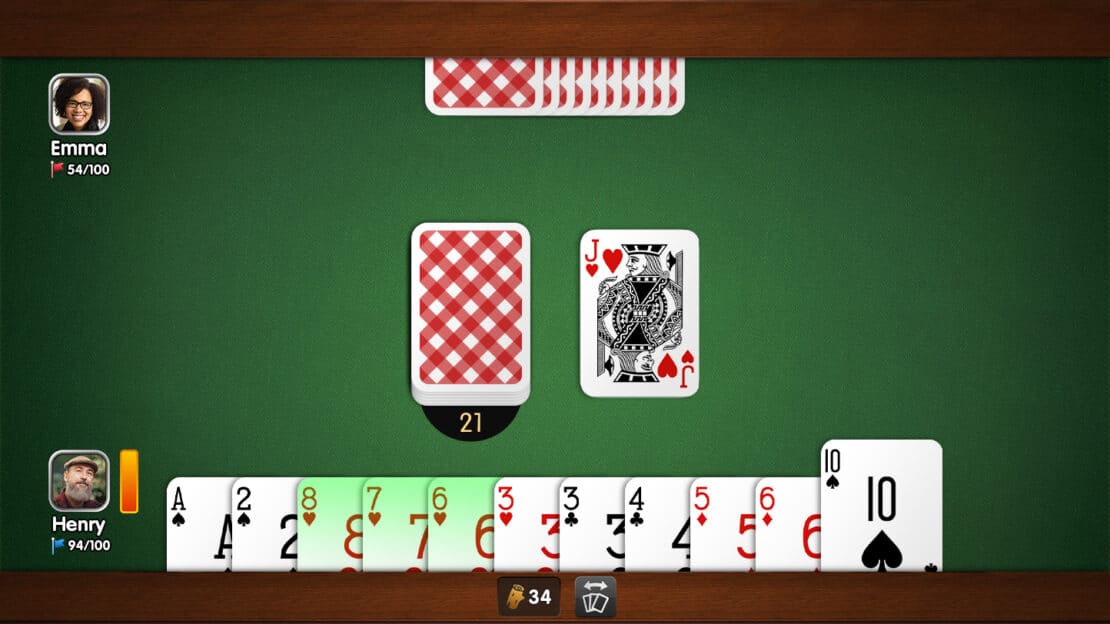
If you are unlucky enough to start a round of Gin Rummy with more than three ten-value cards that don’t produce a meld, you should discard one of them directly on your first turn. Of course, the one that is least likely to lead to a meld. If the remaining cards do not add up to a meld after the first few turns, discard them, too.
6) Keep Track of What Your Opponent Is Showing
Once you have an overview of what’s going on in your own hand, it’s time to look beyond the end of your nose. By keeping an eye on the cards your Gin Rummy opponent draws from the open pile as well as those they discard, you’ll eventually have a good idea of at least part of your opponent’s hand.
That helps you avoid gifting cards to your opponent. For example, if you know that they already have a Five of Spades and a Seven of Spades in their hand, you shouldn’t discard the Six of Spades if you have any other options.
If you are in a position where each of your discard options would help your opponent, the lesser of two evils applies: Choose the least versatile card possible. Should everything be equally disastrous, you could discard the card that weighs down your deadwood the most.
Veteran Gin Rummy fans might purposely draw or discard cards for strategic reasons to be less predictable. But this is the exception rather than the rule.
7) Risk an Undercut Rather Than a Gin
Since you are now paying attention to your opponent’s cards, you can also assess after a few turns whether your discard candidates would definitely play into your opponent’s hands. If this is the case, and you can already knock and don’t have a particularly high deadwood, just do it.
If your opponent now pulls off an undercut, you will lose fewer points than if your opponent reaches a Gin. Although an undercut scores 20 points in addition to your deadwood difference and the box bonus, a Gin scores even 25 bonus points. You can get an overview of the scoring and the different bonuses on our Gin Rummy scoring page.
With these seven Gin Rummy strategies, you now have a solid toolbox for many successful rounds of Gin Rummy online and offline. Why not use it in the game right away? Or jump straight into the next lesson about offensive Gin Rummy Strategies or advanced Gin Rummy Maneuvers.
